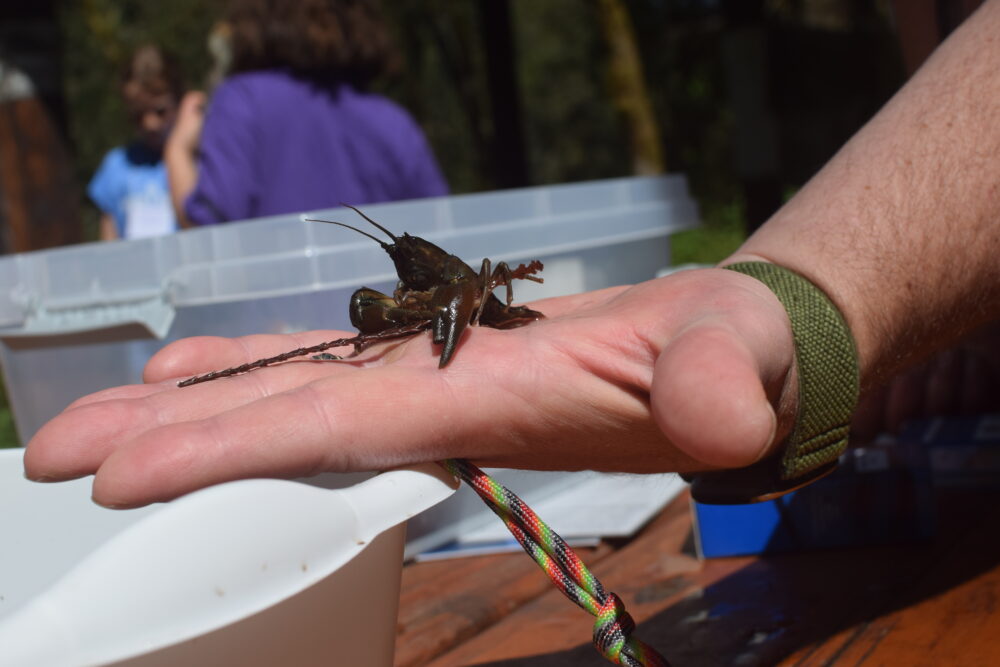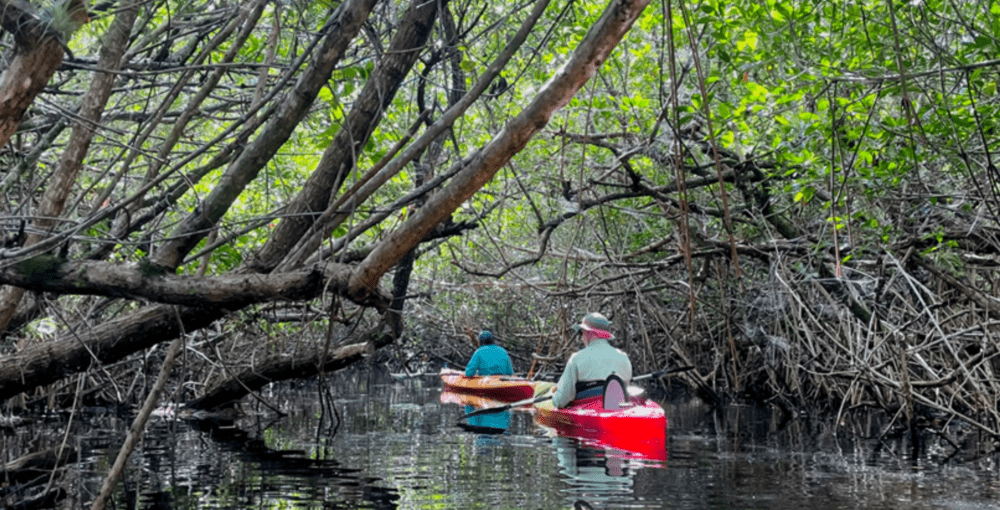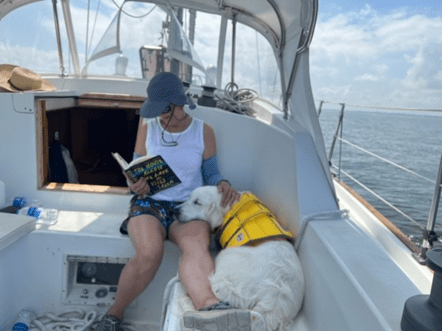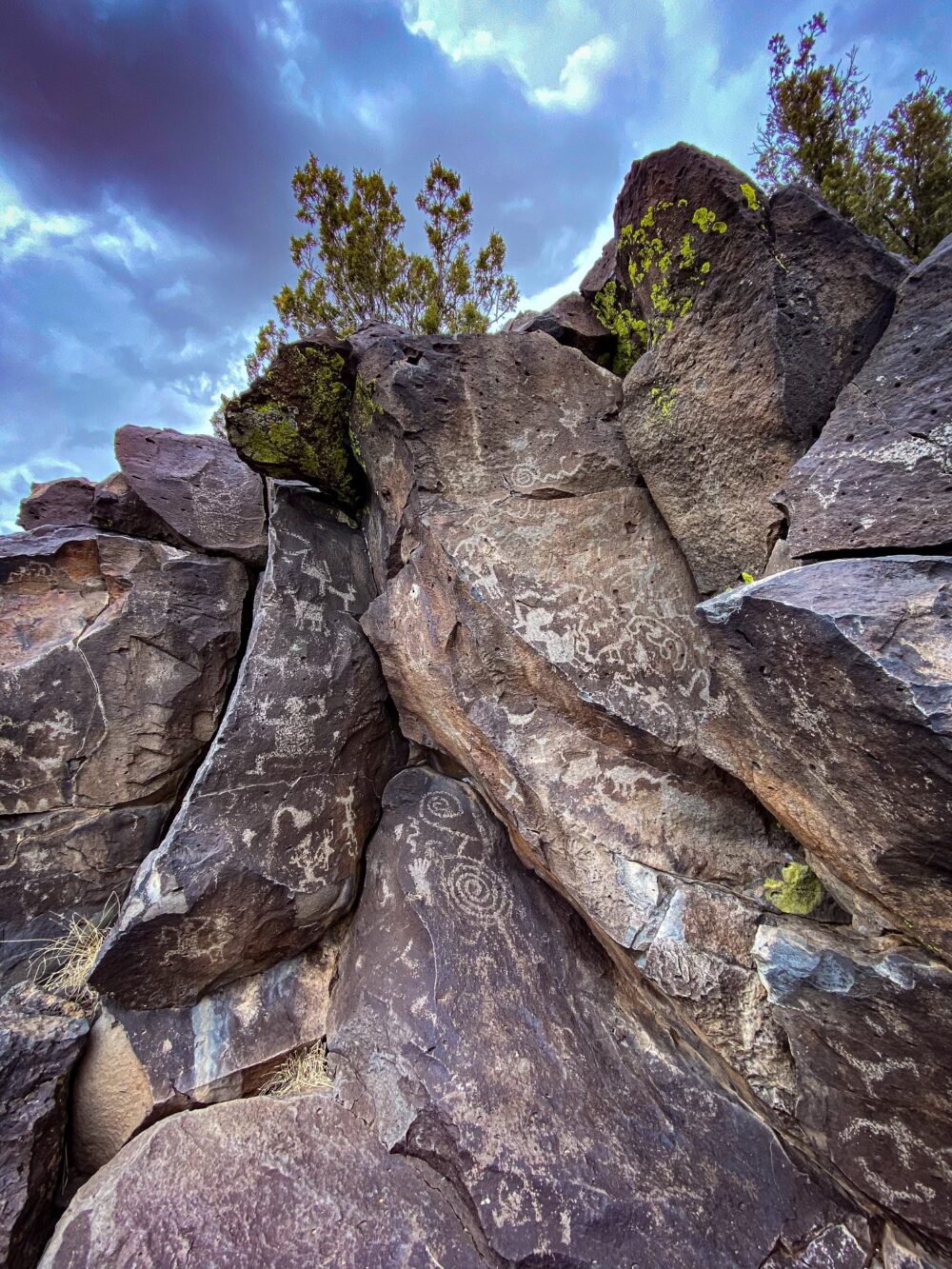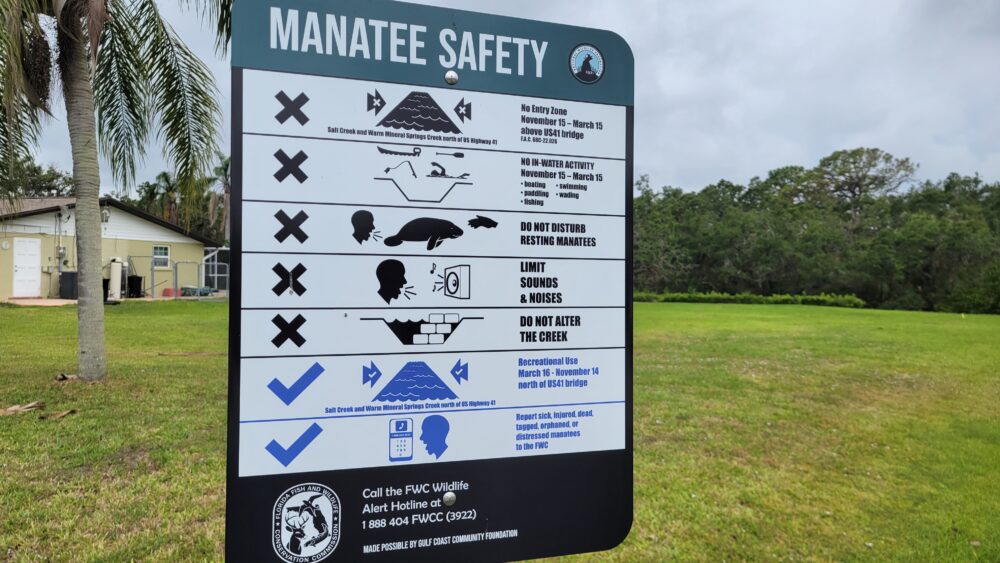We have much more to do and your continued support is needed now more than ever.
Think Outside the Tent: Different Ways to Camp
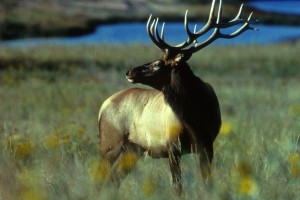
As more and more campers across the country pledge to join us in the Great American Campout, we want to share some alternative methods of camping that offer a new experience for new and experienced campers alike.
In an RV

Pros: Save time on packing – just bring your whole home camping. RVs are spacious and equipped with places to cook, sleep, and relax. They are convenient for extended travel; some people even live full-time in RVs and travel regularly.
Cons: Not all campsites allow RV camping due to their size. The cost to own an RV may be high due to low fuel mileage and maintenance costs.
Travel Trailer or Truck Camper
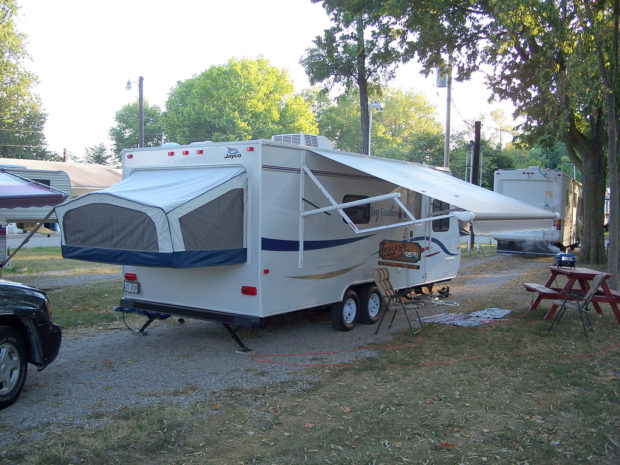
Pros: Travel trailers have plenty of room for activities. They can be equipped with amenities similar to RVs: running water, electricity, beds, etc. Also, since they require a separate vehicle to move them, you will be able to easily leave to and from the campsite in your pickup truck.
Cons: Driving with a trailer attached to your vehicle can be cumbersome and requires extra care. Some larger travel trailers require heavy-duty trucks to tow properly. Truck campers are also typically small, so only 1-2 campers will fit comfortably.
Glamping
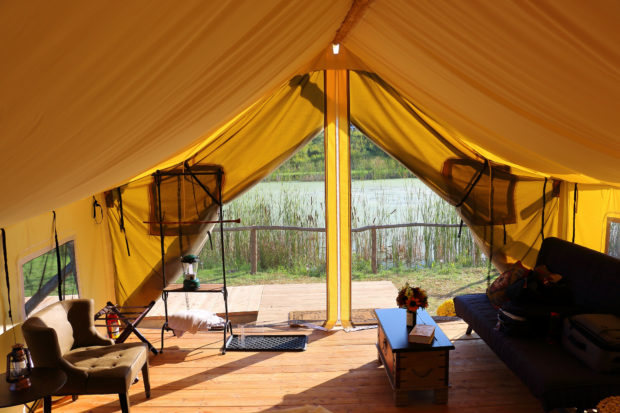
Pros: Camp in style! Glamping gives you the best of both worlds: outdoor adventures with indoor sleeping conditions. For people with allergies or fears, this introduces the great outdoors more gently and provides some peace of mind.
Cons: Because of the luxurious nature of glamping, it is often more expensive than other forms of camping.
Yurt
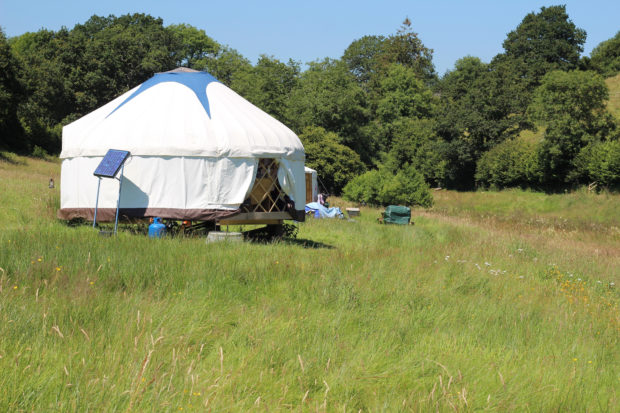
Pros: Yurts are portable and can be spacious enough for fireplaces, electricity, plumbing, even doors. They have low ecological footprints, and can provide a stable shelter for long periods of time.
Cons: Yurts can take a day or two to set up properly, especially if you want to include amenities like heating and plumbing, so they should be used for longer trips (unless you’re renting.) Because they are essentially cloth homes, they can be rather expensive.
Cabin or Lodges
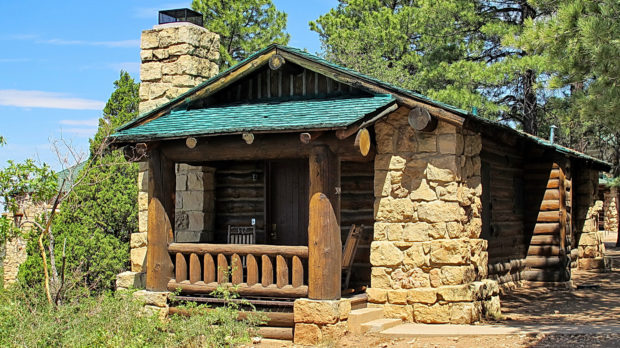
Pros: You can save time and energy because your main living space is already set up for you. They provide greater shelter from the elements, but can still be set up sparsely to give you the full outdoor experience.
Cons: Cabin and lodging in certain campsites can book up fairly quickly, especially in the summer and fall. Make reservations sooner rather than later.
It doesn’t matter how you camp, so long as you do. Remember to follow Leave No Trace rules wherever you go.
Pledge to CampTake the pledge to camp this summer! (updated for summer 2016)
Share with us your favorite way to camp!
















